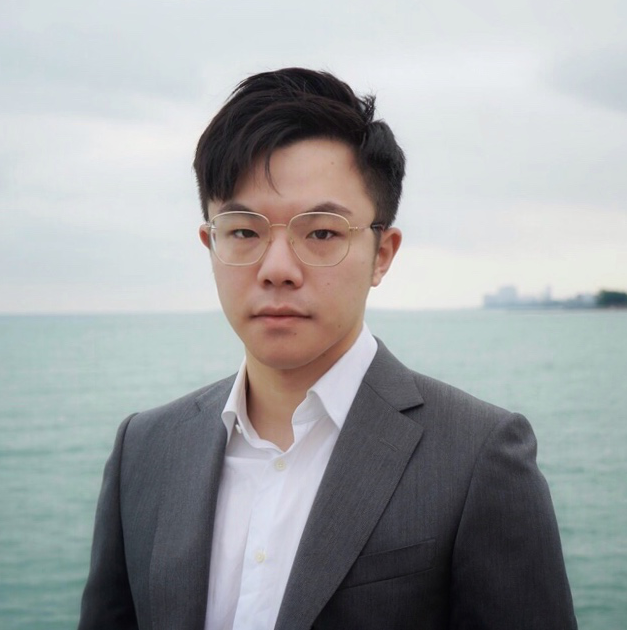- 学术动态
报告题目:高分子纳米结构的控制以及其组装动力学的研究
报 告 人:美国南密西西比大学 强哲 博士
报告时间:2019年12月26日(周四)上午10:00
报告地点:子良楼A220会议室
邀 请 人:高分子材料与工程研究所 周密副教授

报告人简介:
强哲博士,美国南密西西比大学高分子科学与工程系助理教授,博士生导师。课题组研究领域主要集中在单分子和纳米层面的高分子物理与工程。于2016年博士毕业于美国阿克隆大学高分子工程专业,从事高分子物理以及功能型复合材料的研究。2016-2019年在美国西北大学化工与生物工程系从事博士后研究,主攻运用单分子高清荧光显微镜研究高分子动力学过程。目前已陆续在Nano Energy, ACS Nano, Chem Mater, ACS Applied Mater Inter, Macromolecules, Carbon等化学和材料主流杂志发表论文近40篇,美国专利一项,论文总引用超过700次。在博士和博后期间曾获得各种国家级荣誉和奖项: 2015年美国物理协会高分子物理最优秀博士五位年度候选人之一,2017年美国化学协会高分子化学优秀博士奖。目前长期担任ACS,RSC,Wiley等50多个化学和材料杂志的特约审稿人或客座编辑。
报告内容摘要:
Nanostructured materials are of central importance to a variety of areas and applications, such as separation membranes, information technology, tissue engineering, energy storage and plasmonics. Polymer self-assembly has emerged as one of the most important and promising techniques to generate spontaneous nanoscale order due to its low cost and high versatility. However, the grand challenge still exists for translating these nanostructured polymers into the practical applications, such as the ability to generate complex and unidirectional features for selective transport.
This talk will cover our recent efforts towards achieving on-demand polymer nanostructure manipulation and elucidating the assembly process, with the goal of improving material performance for addressing important societal needs. Specifically, I will first describe the progress in aligning block copolymer (BCP) nanopatterns using a simple solvent vapor annealing with shear method. The differential swelling between an overlaying elastomer pad and the BCP produces shear force upon solvent vapor exposure that aligns the ordered nanodomains. I will then demonstrate a photo-controlled process for altering the nanostructure of self-assembled BCP films on selected regions. Both approaches are generalizable to a wide variety of polymer systems, leading to exact control over the morphology, functionality, and properties. Furthermore, direct visualization of how nanostructures dynamically rearrange will illuminate the underlying physical mechanisms and help design more efficient processes in the future. I will discuss the significant advances in super-resolution optical microscopy, including non-invasively real-time imaging at nanoscale resolutions. The fundamental understanding gained from in-situ characterizations will inform and advance the design and engineering of nanostructured polymeric materials.



